
As the personal care industry grows, so do the claims and labels attached to marketing their products. It seems that green facial washes, soaps, and shampoos are popping up everywhere. In fact, the organic personal care market worldwide is expected to have a value of $25 billion by 2025.
This has led to the rise of new terms and labels that may be difficult to understand. For example, what’s the difference between vegan and cruelty-free? Furthermore, how can you determine which products are really made with care or are just hopping on the trend?
To make your sustainable skincare journey smoother, let’s go through the labels in your personal care products.
What’s in a Label?
Labels signify the characteristics of a product, from ingredients to warnings. In skincare, labels guide consumers to make informed choices, especially concerning sustainability. The United Nations Environment Programme highlights five fundamental principles on sustainability information in labels:
- Reliability – consistent and science-based claims
- Relevance – genuine benefits to the consumer
- Clarity – easy to understand
- Transparency – verifiable claims
- Accessibility – clearly visible and readily accessible to the consumer
Checking if a product’s label exhibits these principles can better guide you in finding the most sustainable choice for you.
In the following sections, we take a closer look at common labels.
How Do You Analyze a Label?
Understanding what certain labels mean gives you a better understanding of what to look for in choosing personal care products.
Ingredients List
Make sure to look at the ingredients list on a product. By using natural and sustainable sources, companies can lessen their carbon footprint. What’s more, natural products are less likely to cause irritation and allergic reactions to their users.
Ingredients are listed by weight with major components first, under the INCI Naming system. The INCI standardizes how brands list their ingredients for consistency and ease of access.
You want to look for natural ingredients like coconut, aloe vera, rosemary, etc. However, be wary of the following.
- Palm Oil – This can be found in many cosmetic and skincare products, but its acquisition has been destructive to the tropical rainforests. If a product has palm oil, check if it is certified by the Roundtable on Sustainable Palm Oil (RSPO), an organization that puts forth criteria for palm oil to minimize its negative impact on the environment.
Also known as:Elaeis Guineensis, PKO (Palm Kernel Oil), Palmitate, etc.
- Coal Tar Dyes – These dyes found in cosmetics and hair dye have been linked to cancer.
Also known as:Coal tar solution, tar, naptha, etc.
Environment-Friendly Production
When companies commit to being environment-friendly, their products will be made from renewable and sustainable resources that reduce pollution and environmental impact. The term environmentally friendly can take on many forms; natural, green, organic, and sustainable are a few of them. Typically, this means a product is made with less processing and a lower carbon footprint.
Look for certifications from trusted organizations that monitor the compliance of companies to a sustainable production process.

- The Soil Association provides the COSMOS Standard to companies that abide by their strict regulations. For COSMOS Organic, this means that a product is made of 95% organic ingredients.
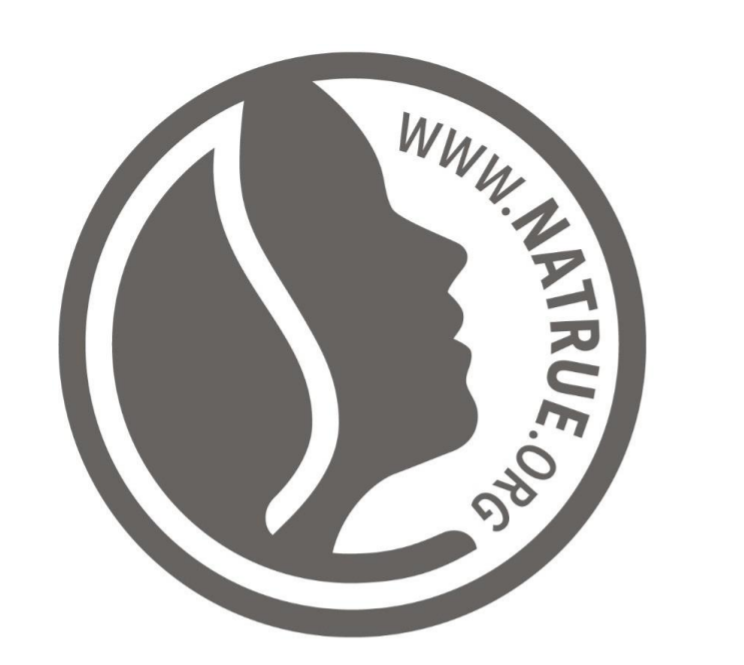
- NATRUE requires 75% of all the products of a brand to comply with their regulations. Their criteria include at least 95% of ingredients coming from controlled organic farming or wild collection.
Disposal
Did you know that the beauty industry produces more than 120 billion units of packaging globally every year? Even worse, 95% is thrown out after one use, while a measly 14% of the plastic goes to recycling centers.
One action you can take as a consumer to reduce plastic waste is to recycle. Recycling labels vary based on location and regulations, so here are the common ones to keep an eye out for.

- The Green Dot symbolizes the companies in Europe committed to the sorting and recycling of packaging materials through financial contributions. However, this label does not equate to a product being recyclable.
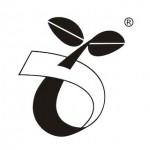
- The Seedling Logo indicates compostable objects, which means that packaging with this label goes in your local composting facility and not in your recycling bin.
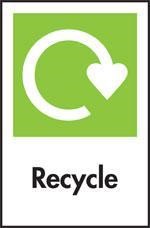
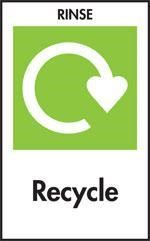
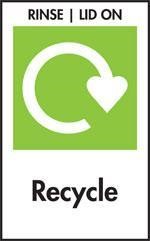
- These On-Pack Recycling Labels (OPRL) in the United Kingdom instruct the consumer on their next steps after using the product. These can take the form of Recycle, Recycle-Rinse, Don’t Recycle, and a few other variations.
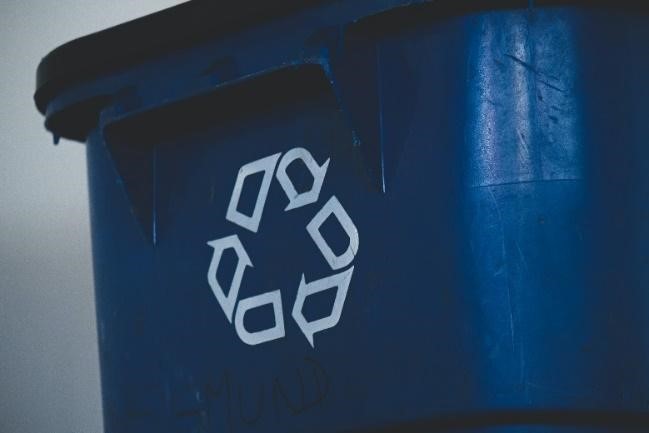
- A Mobius loop, i.e., chasing arrows, generally indicates recyclable objects, though no organizing body regulates the symbol. Recycling depends on location, typically handled by local authorities.
Brands that include a variation of the label Made from Recycled Plastic (e.g., made from 50% Recycled Materials) are increasing, which is a great step! A possible downside, though, is confusion between “recycled” and “recyclable.” The former refers to packaging made from recycled plastic, and the latter refers to packaging that can be recycled further.
Another way to reduce plastic waste is to find alternatives in the form of eco-friendly packaging like bamboo and glass.
People and Animals
There are separate labels that specifically tackle concerns about fair trade and animal treatment.

- Ingredients labeled fair trade point to those made according to “internationally agreed social, environmental and economic Fairtrade Standards.”

- A cruelty-free product is made by a company that doesn’t conduct animal testing. Leaping Bunny is an internationally trusted organization that provides the Leaping Bunny certification after a company passes their comprehensive vetting process and annual checks.
Vegan means that a product does not contain any ingredients derived from animals, either directly or indirectly. Cruelty-free does not necessarily mean that products are vegan! For example, honey can be obtained cruelty-free but is not vegan.
When a product is labeled nontoxic, its ingredients have not been found to cause harmful health effects to humans.
Beware of Greenwashing!
Words like “natural” and “organic” are increasingly being used to mislead consumers, even when the brands are not committed to providing truly eco-friendly and natural products. You may spot these labels without any further information or certification. That is generally a red flag!
Learning is already a step in the right direction. By being mindful about what goes in your personal care products and learning the labels from trusted organizations, you are making the best decision for yourself, your fellow living beings, and the earth.
